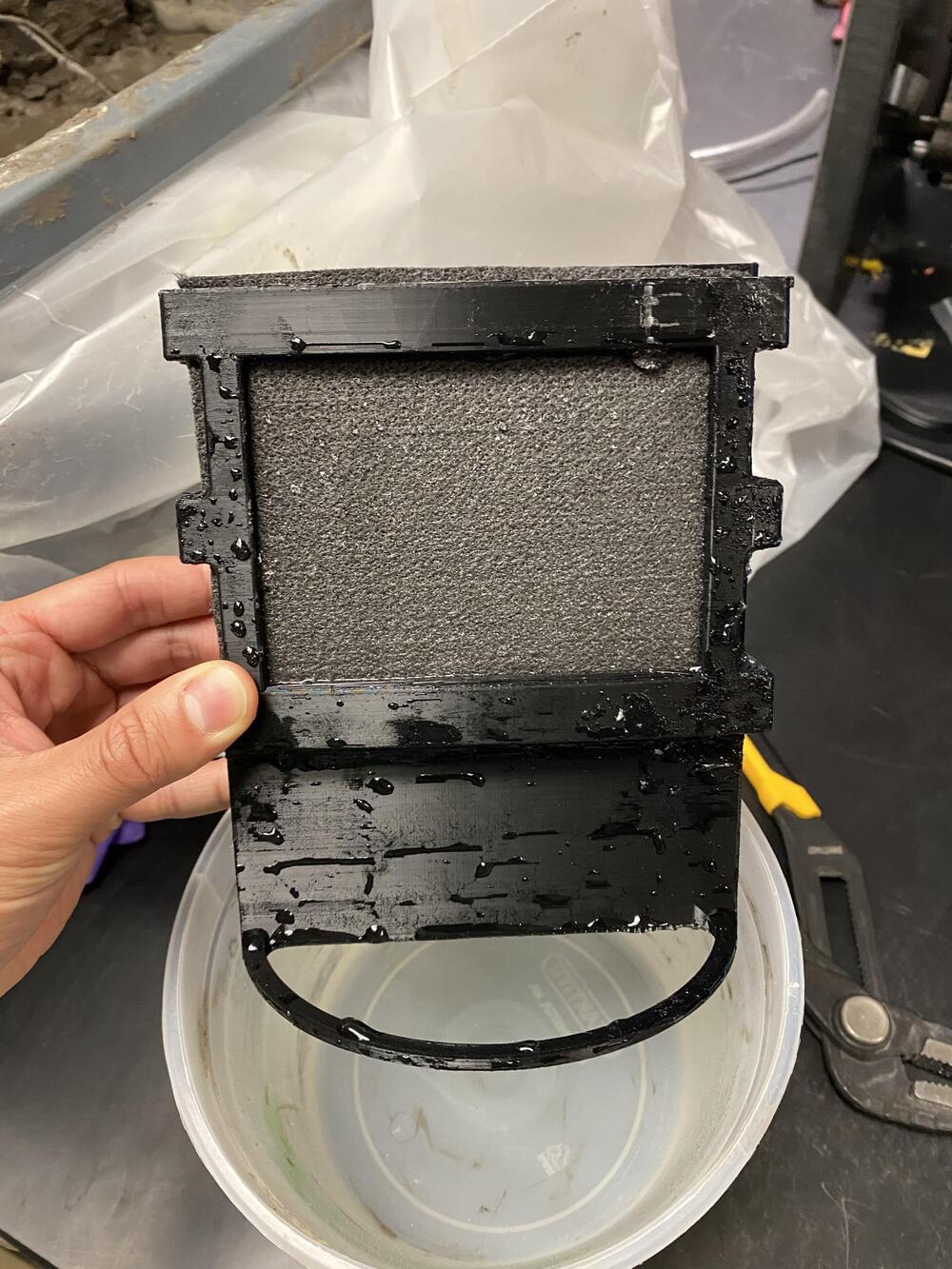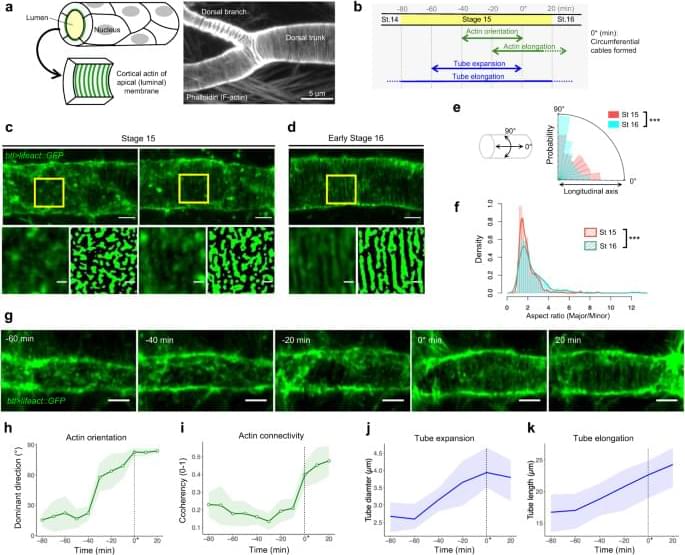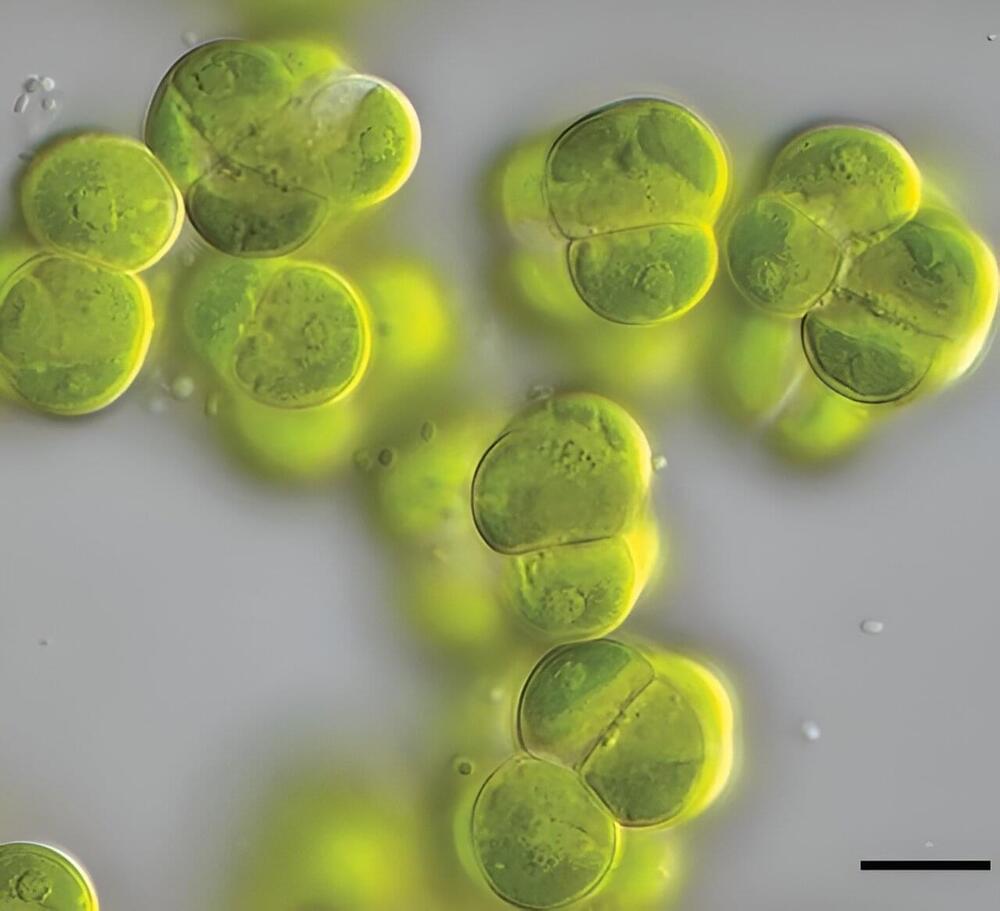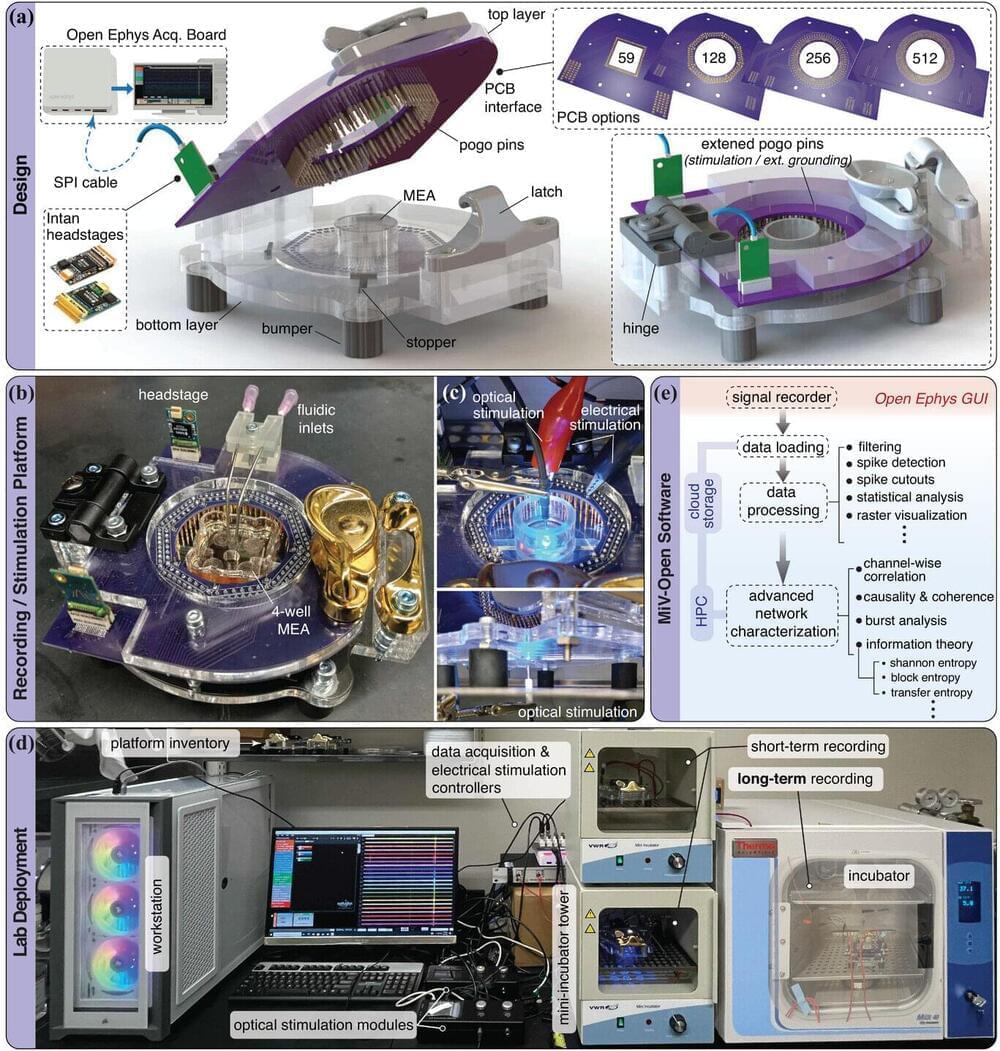Compared to robots, human bodies are flexible, capable of fine movements, and can convert energy efficiently into movement. Drawing inspiration from human gait, researchers from Japan crafted a two-legged biohybrid robot by combining muscle tissues and artificial materials. Published on January 26 in the journal Matter, this method allows the robot to walk and pivot.
“Research on biohybrid robots, which are a fusion of biology and mechanics, is recently attracting attention as a new field of robotics featuring biological function,” says corresponding author Shoji Takeuchi of the University of Tokyo, Japan. “Using muscle as actuators allows us to build a compact robot and achieve efficient, silent movements with a soft touch.”
The research team’s two-legged robot, an innovative bipedal design, builds on the legacy of biohybrid robots that take advantage of muscles. Muscle tissues have driven biohybrid robots to crawl and swim straight forward and make turns—but not sharp ones. Yet, being able to pivot and make sharp turns is an essential feature for robots to avoid obstacles.






